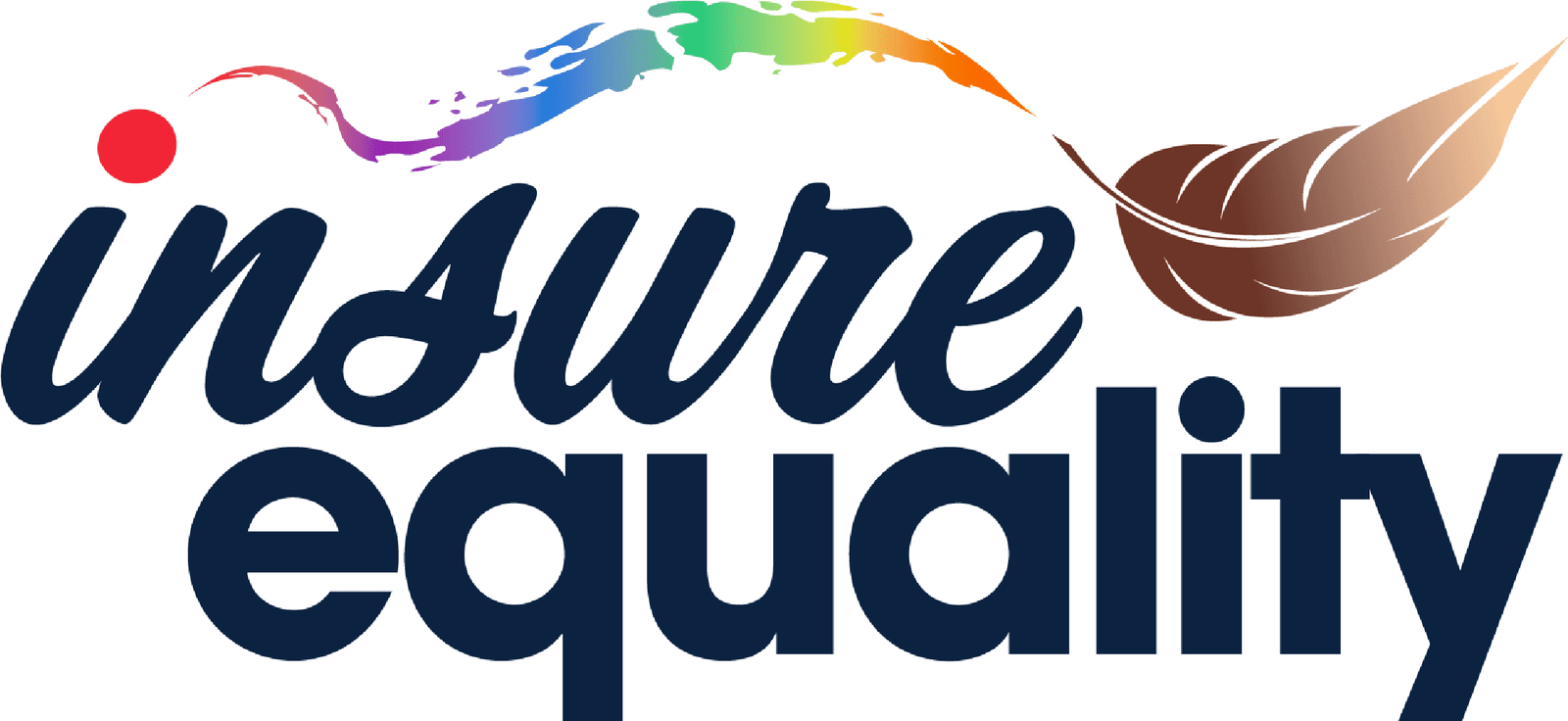
Breaking It All Down 💡
If you're a property or casualty (P&C) insurance policyholder, you've probably noticed rate increases at renewal time — sometimes modest, sometimes substantial. But why do these rate hikes vary so much between policyholders, even those insured by the same company?
In this blog, we’ll dive into how carriers calculate rate increases, the timing factor that causes disparities, and what it all means for you. Let’s break it down! 🚀
How Carriers Calculate Rate Increases 🔢
Insurance rates are determined by a complex interplay of factors, including:
Loss Ratios: Insurers analyze how much they’ve paid out in claims versus the premiums they’ve collected. A spike in claims due to natural disasters or other factors can lead to higher rates.
Reinsurance Costs: Insurance carriers often buy insurance themselves, called reinsurance. When reinsurance costs rise (often after catastrophic events), those increases are passed on to policyholders.
Economic Trends: Inflation, supply chain disruptions, and labor shortages affect the cost to repair or replace insured property, driving up rates.
Regulatory Approval: Most states require insurance carriers to submit rate increase proposals for approval. Once approved, these rates are rolled out over time.
Timing Is Everything 🕛
Here’s where it gets tricky. Even if two policyholders have similar risk profiles, the timing of their policy renewal can result in vastly different rate changes. Here’s how:
Rate Rollouts: Approved rate changes aren’t applied all at once. Instead, they are implemented gradually as policies renew throughout the year. For example, if a 20% average rate increase is approved in January, some policyholders renewing early in the year might see a 10% increase, while those renewing later could face 30% or more as the carrier adjusts its pricing model to meet financial targets.
Loss Experience Trends: If a carrier experiences significant losses mid-year (e.g., due to a hurricane or wildfire season), they may request additional rate adjustments. Policyholders renewing later in the year may bear the brunt of these increases.
Inflation Guard Adjustments: Insurers frequently adjust policy limits to account for inflation. When inflation rises sharply, later renewals may reflect larger adjustments.
Historical Context: Why Rate Hikes Are Rising 🌐
The P&C industry has faced mounting pressures over the last decade:
Natural Disasters: 2023 alone saw over $313 billion in global disaster losses, with $132 billion covered by insurance (source: Swiss Re). Carriers must recoup these payouts through rate increases.
Litigation Costs: The U.S. has seen a rise in so-called “social inflation,” where legal judgments and settlements increase the cost of claims.
Pandemic Fallout: COVID-19 disruptions exacerbated supply chain issues and inflation, driving up repair costs for homes and vehicles.
The Statistics Behind the Rates 📊
Personal Lines: Homeowners’ insurance rates increased by an average of 8.4% in 2023, but some states, like Florida, saw hikes of 30% or more (source: Insurance Information Institute).
Commercial Lines: Commercial property rates jumped an average of 20% in 2023, with coastal properties experiencing even steeper increases.
What Can You Do? 🙏
While you can’t control market trends, you can take steps to mitigate the impact of rate hikes:
Shop Around: Work with an independent agent (like Hatteras Insurance! 😉) to explore other carriers and find better rates.
Bundle Policies: Combining home, auto, or other policies can lead to discounts.
Mitigate Risk: Installing safety features like storm shutters or home security systems can lower your premiums.
Adjust Coverage: Review your policy limits and deductibles to see if adjustments could reduce your costs.
Summing It Up 🌟
Insurance rate increases may feel like a mystery, but understanding how and why they’re calculated can help you make informed decisions. Timing, market conditions, and individual risk factors all play a role. By staying proactive and working with knowledgeable agents, you can navigate these fluctuations more effectively.
Need help managing your policy or exploring new options? Contact Hatteras Insurance today! We’re here to guide you through the stormy seas of insurance rate changes. ☁️⚓







